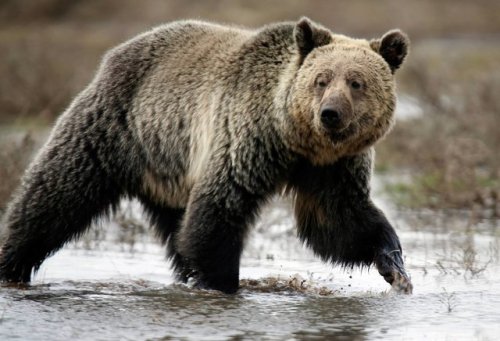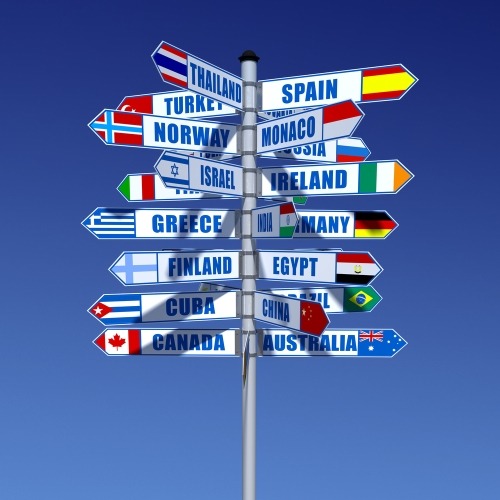
What You Need To Know About
The Wildlife When Moving To Canada
Most
travelers to Canada want to see a bear and when doable get a close-up photograph. Canada consists of three bear species, although the polar bear in most cases doesn’t make contact
with people who don’t travel to see them. On the other hand, black bears and grizzly bears are now living in areas that people visit. Cougars are likewise quite common in numerous
locations.
You might want
to read about the Canadian animals before beginning your move. This will help understand the wild animals of Canada and definitely will help make your experience safer.
Learn how
the Canadian wildlife is adjusting
to the declining living area. Learn which wild animals are plentiful and those that are decreasing in numbers.
Black Bears
The
black bear is definitely the first animal which comes
to your mind any time you think about Canadian animals. Smart, inquisitive, forever in search of food, black bears quickly learn that where there are people there’s simple meals. People rarely withstand the bears or even blame themselves with regard to bear incidents. Black Bears are intriguing very dangerous wild animals, they are larger than we are,
much stronger, a lot more
deadly. We need to have an understanding of these types of animals to be aware what to do whenever we’re in bear land.
Grizzly Bears
Ever since the beginning of time, people and bears have lived uneasily with each other, sharing the same meals as well as the same environments, staying away from one another as much as possible out of wariness and fright. Where human
numbers increase, bears slowly and gradually disappear as they lose their natural habitat.
Polar Bear
Polar bears
are classified as the largest bears on the planet, and polar bears, not like blacks and grizzlies, are really aggressive and meat accocunts for more than Ninety Percent of their diet. They hunt seals as well as other underwater mammals through the entire long arctic winter and head inland to the arctic coast as summer approaches.
Wolf
Canada
supports the biggest grey wolf population on the planet, following Russia. Over the years, wolfs used to range in most areas of Canada. Currently, wolfs in Canada occupy about Ninety Percent of the historic range. It’s usually not the
country people, who idealize the wolf as on of the noblest and romantic
wilderness animals.
Cougar
Whilst cougars once varied across the vast majority of North America, they’ve been forced right into a compact portion of their original range. Today they are only found
in the west, in areas of heavy forest and rocky hills. While rarely seen, they
are quite common through the Rocky Mountains. The cougar thrives in the
foothills of western Alberta and in the dry interior valleys and the coastal
rain forests of British Columbia.
Moose
There’s absolutely
no Canadian wildlife without the Moose. Moose are generally enormous! Moose are the largest participants of the deer family and the tallest mammals within North America. these animals stand higher at the shoulder in comparison to the largest saddle horse. Moose tend to be effortlessly gifted swimmers and even the calves can swim. Because Moose can’t sweat they like a cold climate
and can’t tolerate temperatures above 27 degrees Celsius for too long.
Coyote
Almost anywhere in western Canada, you can listen to the song from the coyote. High-pitched yapping as well as shrieking make it sound like a wild party is happening somewhere out there within the darkness. It is really an airy sound to listen to when laying
inside a tent late at night, by yourself. Coyotes are native animals in western Canada thriving even with changes caused by humans in the last hundred years.






